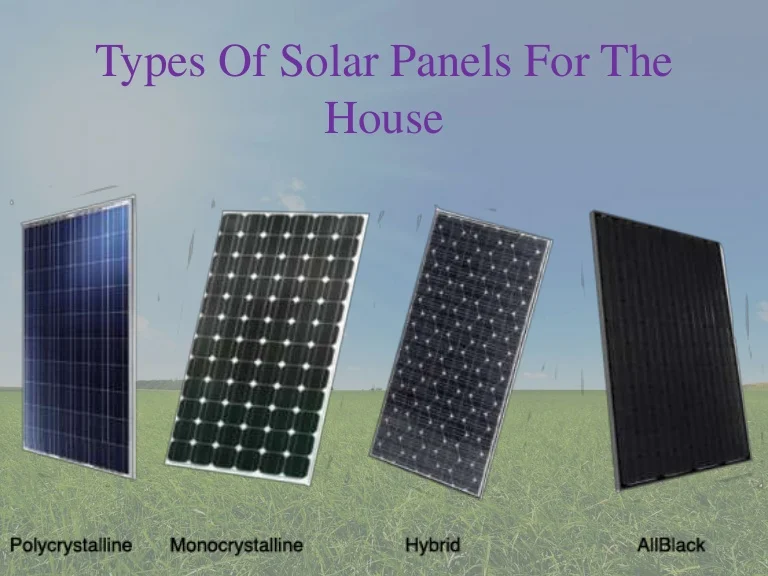Unknown Facts About Solar Systems
Some Known Factual Statements About Solar Systems
Table of ContentsThe Facts About Solar Systems RevealedHow Solar Systems can Save You Time, Stress, and Money.What Does Solar Systems Do?How Solar Systems can Save You Time, Stress, and Money.
There are 3 various kinds of photovoltaic panels: monocrystalline, polycrystalline, and also slim movie. Monocrystalline solar panels are very reliable and also have a streamlined layout, yet come with a greater cost factor than other solar panels. Polycrystalline photovoltaic panels are more affordable than monocrystalline panels, nevertheless, they are much less effective and aren't as visually pleasing.Nowadays, there are numerous selections of monocrystalline solar panels on the market to select from., are ending up being a progressively prominent monocrystalline alternative.
Since monocrystalline solar cells are made of a solitary crystal of silicon, electrons are able to conveniently stream throughout the cell, boosting general effectiveness. Not just do monocrystalline panels have the greatest efficiency scores, they commonly likewise have the greatest power capability scores. Many monocrystalline panels on the marketplace today will certainly have a power outcome score of at the very least 320 watts, but can increase to around 375 watts or greater!.
Due to the fact that polycrystalline cells contain multiple silicon cells, the electrons can not move as easily and consequently, decrease the performance of the panel. The lower performance of polycrystalline panels also means they often tend to have a lower power output than monocrystalline panels, usually ranging between 240 watts and also 300 watts.
Little Known Questions About Solar Systems.
4% performance with slim film cell prototypes but. In order to satisfy your energy requires, you would need to set up more thin movie panels over a big location to create the very same quantity of power as crystalline silicon solar panels. This is why thin film photovoltaic panels do not actually make good sense for property installments where space is restricted.
The temperature level coefficient informs you just how much the power output will certainly decrease by for every single 1 * C over 25 * C the panel gets. The typical temperature level coefficient for mono as well as polycrystalline panels generally drops someplace in between -0. 3% and also -0. 5% per * C. Thin movie panels on the other hand, are around -0.
With some thin film panels, it's difficult to also see the specific cells within the panel. They also often tend to have much less wiring and also busbars, indicating there's much less white space. Since they are so ineffective, you would require to cover your entire roof in thin movie panels - which might or might not be your style.

Some producers have functioned around this with black packaging or shaping the cells in different ways, yet these visual changes can influence both the rate as well as performance of the panels. On the whole, monocrystalline panels still look smooth, however they're a little bit much more obvious than slim film panels. solar systems. The procedure in which polycrystalline solar cells are made causes the cells to have a blue, marbled appearance.
The 5-Minute Rule for Solar Systems
If you're on a tight spending plan, polycrystalline panels might make even more sense for you. We do not recommend slim film solar panels for household setups - their efficiency and also sturdiness don't make the affordable worth it, as well as it's not likely you'll have nearly enough space to mount the number of thin movie panels you would certainly need to cover your house power use.
Since they are made from pure silicon, they can be readily determined by their dark black color. Making use of pure silicon additionally makes monocrystalline panels one of see here the most space-efficient and longest-lasting amongst all three photovoltaic panel types. Nevertheless, this comes at a price a great deal of silicon is thrown away to produce one monocrystalline cell, occasionally getting to over 50%.

Amorphous silicon panels (A-Si) acquire their name from their shapeless nature. Unlike mono-and polycrystalline solar cells, the silicon is not structured on the molecular degree. Generally, an a-Si cell requires just a fraction of the silicon required to create typical silicon cells. This allows them to have the least expensive production price, at the expense of effectiveness.
The Ultimate Guide To Solar Systems
$0. 32-$0. 65 $1 $1. 50 $0. 70 $1 $0. 60 $0. 70 $0. 50 $0. 60 $0. 43 $0. 50 Note that these numbers do not consist of the price of installment and also labor. With labor and also various other above factors, the overall can rise to $2. 50 to $3. 50 per watt.

This means that thin-film panels can be a great option for hotter atmospheres or you can try here areas that experience more sunlight throughout the year. The upgraded International Building regulations of 2012 calls for photovoltaic panels to match the fire ranking of the roof covering where they are installed. This is to make sure that the modules do not increase the spread of fires in case of a fire.